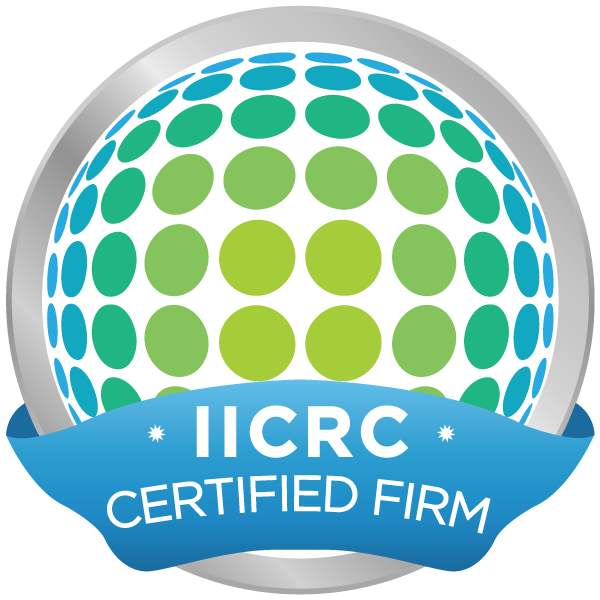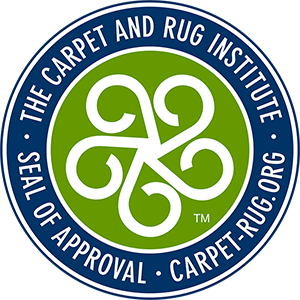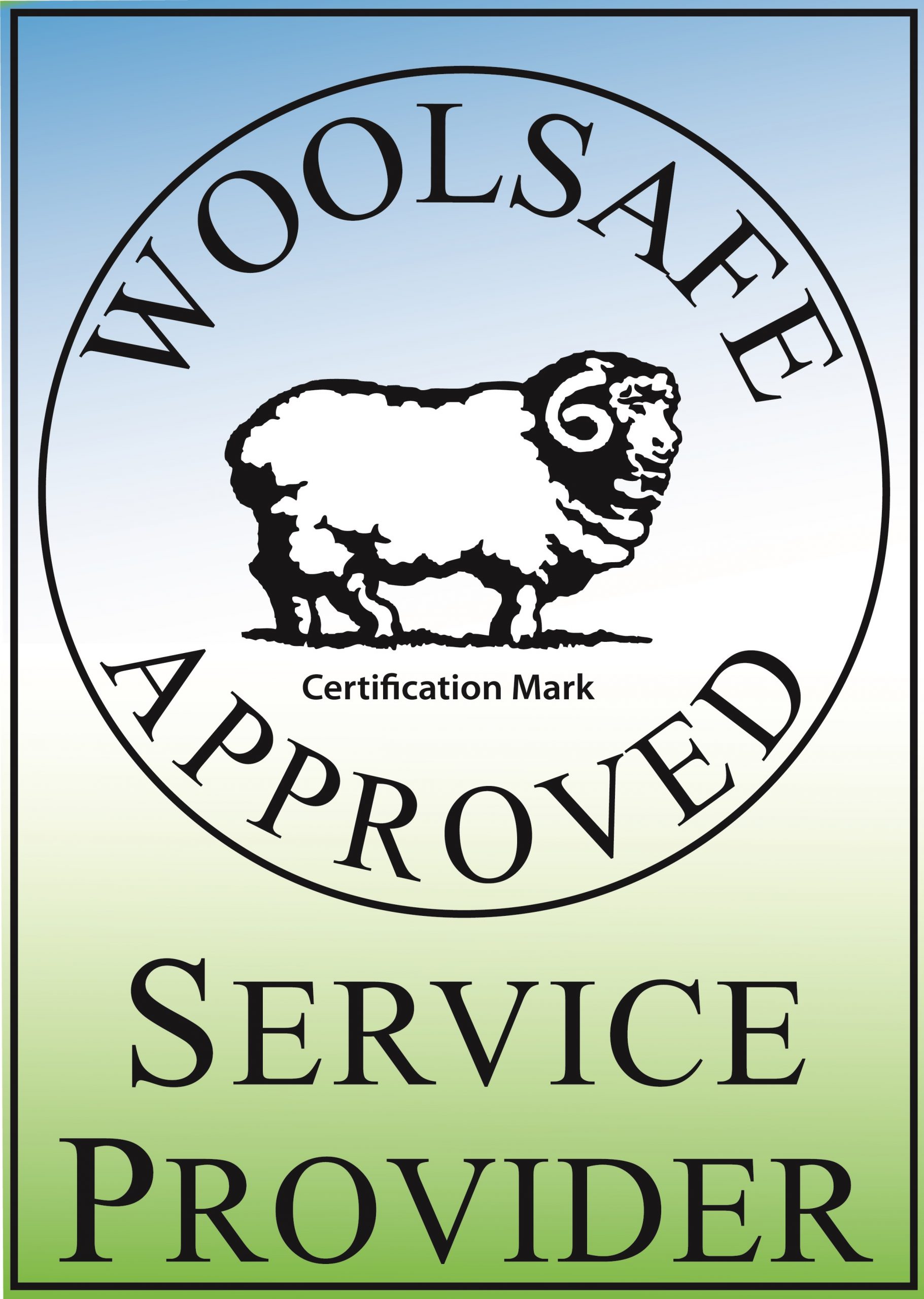Specialty urine decontamination bath Urine is the most common cause of dye bleed and contamination in area rugs we are called on to resolve. As soon as urine is deposited, a process begins whereby urine moves on the pH scale from acid to alkaline. If left too long, urine will break down the dyes of your area rug and can cause dye migration or permanent damage. There are four detrimental consequences to urine contamination: Urine damage stain to the dyes and foundation of the area rug Potential for dry rotting or fiber degradation The colors of your rug can move or “bleed” An ammonia odor will remain If human or pet urine has come in contact with your area rug, you should blot up as much of the moisture as [...]
Got Oriental, Persian, or Wool Area Rug Stains? No worries, you've got Oriental Rug Salon! Accidents happen, it's inevitable and almost guaranteed, therefore we want you to be prepared for when they do. Top 5 Rug Stains and why they happen: Pet Urine-Fido had an accident Coffee-It's was too early to rise and shine Red Wine-The party may have gotten out of hand Wax-Perhaps from a romantic candlelit evening Grease-Blame it on the husband Whether it's one of the top 5, or top 10, for those little mishaps or in-between professional cleaning of your area rugs, take advantage of our expert advice and very own spot cleaner. Need professional grade spotter for your wool or silk area rug? You can purchase the same spotting agents we use on area rugs [...]
Oriental Rug Cleaning and Repair Throughout SW Florida Oriental style wool and silk area rugs area beautiful and with proper care, can last many generations. A beautiful area rug will add warmth and beauty to a room and their embellishments along with the chosen colors of the yarn have a story to tell if you’re interested in reading. At Oriental Rug Salon, we clean and repair hundreds of beautiful area rugs annually and clients often ask for suggestions on how they can care for their area rugs at home. Follow these steps and you’ll extend the life of your Oriental rug for years to come! Rotation – To insure even wear, your rug should be rotated once a year. Depending on the traffic, the rotation may vary from six months [...]
Full-Service Area Rug Repair And Cleaning Oriental Rug Salon has an unrivaled reputation throughout the state of Florida for Oriental and Persian carpet and rug cleaning, repairing and restoration. Using only the very best craftsmen and rug weavers, we specialize in a traditional hand rug repair service for Persian, Afghan, Kilim, Turkish, Silk and Antique rugs, carpets, runners, and tapestries. From small rug repairs to a full Persian carpet restoration service, we offer the complete service. We are noted for the following; Specialist Oriental rug cleaning Rug re-fringing and securing fraying sides Threadbare area and hole repair Carpet splits and tears repaired Moth rug damage correction – re-weaving and re-building Antique rug and carpet restoration specialists Pet/pest damage correction – including dog and cat urine removal service Carpet moth prevention [...]
Rug Washing Machine - Not A Replacement For Genuine Hand Washing The aim of any professional rug cleaning specialist must always be to achieve the best possible results for their client using the safest methods available. A good example would be a challenge which often presents itself; that being the modern Tabriz rug tainted with animal urine. These popular rugs commonly contain red dyes that will freely bleed during washing (even with a low pH solution) however a thorough soak is required to achieve full decontamination. Here we have a problem which requires not only skill, experience, and thinking outside the box to solve, but also a good measure of humility and compromise. It must sometimes be accepted that the urine cannot be fully removed in the first wash and [...]
Wool and Silk Area Rugs Cleaned By Hand Your rugs, whether hand-knotted, antique family heirlooms or modern machine-woven accent pieces -- are representative of your style and your home. They are an investment, truly works of art. Properly caring for them takes a true professional. Oriental Rug Salon is a boutique rug washing company...many larger rug washing facilities use large machinery to wash rugs in an assembly-line fashion, similar to a car wash, but not us! Our hand-wash process starts with a thorough pre-inspection of your rug and ends with your complete satisfaction. At Oriental Rug Salon, every rug is individually cleaned, by hand. We do not use any batch cleaning systems, large industrial machinery, or multiple rugs washed in large tubs. We believe (as most rug collectors do) is [...]
Persian and Oriental Rugs Have Been Cleaned By Hand For Hundreds of Years Oriental Rug Salon specializes in professional rug washing and repair services with a commitment to excellent customer service and affordable prices. We do not use impersonal automated rug cleaning equipment that relies on batch washing a dozen rugs at a time and merely delivers an “ok” cleaning. At Oriental Rug Salon we thoroughly hand wash wool and silk Oriental area rugs at our specialized plant by fully immersing them, one at a time, using the safest, allergen-free clean agents available. Each area rug is washed under the watchful eye of an experienced certified rug cleaning professional. Our thoroughly exhaustive approach to cleaning begins the moment we show up at your home to pick up your cherished area [...]
Navajo rugs and textiles are produced by the Navajo people who live in the four corners area of North America, Utah, Colorado, Arizona, and New Mexico. The rugs and textiles were originally for their on practical use, but by the end of the 19th century, Navajo weavers began to produce rugs for tourism and export. Navajo rugs are flat woven on a vertical loom and are similar to Kilims (Kelims) of the middle east and Asia. Navajo rugs typically have geometric designs with bright earthy colors. Oriental Rug Salon is a full-service Oriental, wool and silk area rug cleaning, restoration and repair company serving all of SW Florida including Naples, Fort Myers, Cape Cora, Bonita Springs, Sarasota and Punta Gorda Florida. Oriental Rug Salon is a Certified Partner with the [...]
Wool area rug bled by an inexperienced carpet cleaner. Many people spend years searching before finding just the right Oriental area rug to fit their home. When it’s time to clean their beautiful textile, in many instances, they are playing a “cat and mouse game” to select the right Oriental rug cleaning company who will care for their area rug without using harsh chemicals and whose technicians are experienced in area rug cleaning. We’ve all heard the horror stories of carpet cleaning companies and rug cleaning plants ruining a treasured area rug because they simply didn’t have the experience or certification to care for expensive textiles. Valuable, handmade rugs should only be cleaned as needed, by hand, and it’s best to have a professional do the job. A rug can [...]
Iranian Tabriz Rug With Pet Urine BEFORE and AFTER The above wool area rug was brought to our shop by a client whose pet had an accident on her fifty-year-old rug. To make matters worse, our client used a bathroom cleaner and a scrub brush in an attempt to remove the damage caused by her pet. In essence, our client made things worse by distorting the wool fibers of the rug and causing the stain to set. In the bottom picture, you can see what we were able to do to correct the client's misfortune. The area rug was dusted using a Rug Badger to loosen all deep set soiling from the rug foundation that a vacuum cleaner cannot reach. We then used specialized spotting agents with live enzymes, completely [...]



